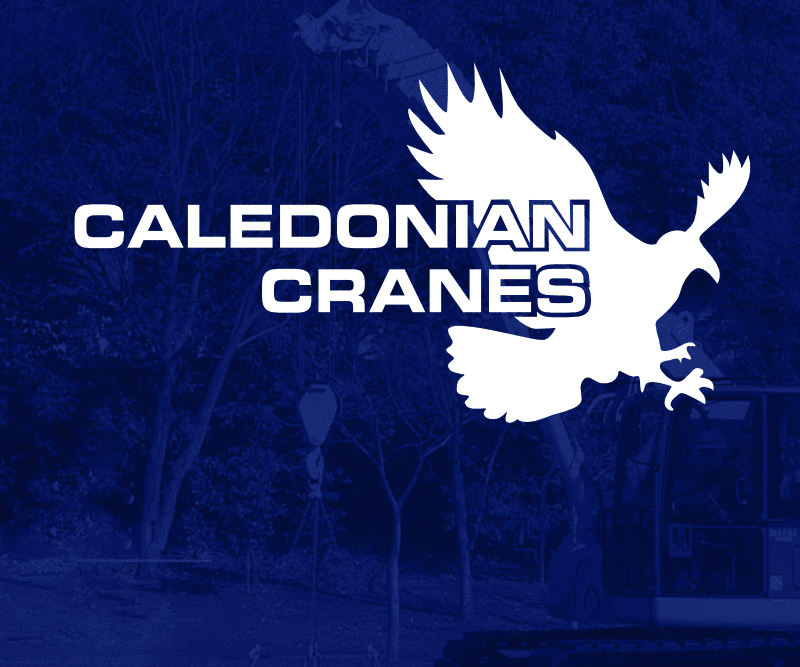Blog: Planning for infrastructure at BDA’s Glasgow seminar

John Grainger reflects on the Infrastructure Seminar held by the British Drilling Association (BDA) in Glasgow last month.
Since the UK began to emerge from the economic slump of 2008 and not ignoring the obvious elephant in the room – Brexit – UK government has signalled almost unprecedented support for the infrastructure sector, recognising that with much economic uncertainty ahead investment in infrastructure has the potential to help stabilise and even promote economic growth. With this as a backdrop, there are many opportunities for the drilling sector and the sheer scale and wide geographic nature of infrastructure projects also has the ability to bring work out of the often economically favoured regions, which means opportunities for the drilling sector are also wide geographically too.
However, companies looking to take advantage of any infrastructure work must adapt to the new trading environment and in particular the evolved procurement processes, with subcontractors now having to demonstrate more than simply a capability to do a required job and to a price. Understanding the needs of main contractors is also of increased significance, with trust and good communication essential and digital data now being required through all processes and presentations in BIM format and all in real time. That said, there are still issues present with the procurement process, which for example still places low cost ahead of quality. The recent ‘Emerging Best Practice in Ground Investigation for Linear Infrastructure Projects’, hosted by the British Drilling Association on 25th April 2018, Glasgow, explored this and many other themes.
The Glasgow seminar brought together speakers from all areas, including major clients, consultants, academics and contractors, with the presentations taking delegates on a journey from the past through to the present, with a view of the future of ground investigation work on infrastructure projects. With real-world case studies augmenting the presentations, and current research into best practice, the stage was set for lively debate and discussion.
The day kicked off with the event’s keynote speaker Alistair Chisholm, Geotechnics Leader Scotland at Arup who set the scene for both the event and the present infrastructure cycle. The complex interplay between different agencies and their involvement in shaping the rollout of future infrastructure projects was also explained together with how agencies such as the National Infrastructure Commission (NIC), which has produced the National Infrastructure Assessment (NIA), outlines a strategic vision over the next 30 years and sets out recommendations for how identified needs should be met. Alistair also gave an in-depth look at what infrastructure means for the UK and the many challenges demand brings with it, but also the opportunities infrastructure projects present and what is in the pipeline in terms of project and spend in Scotland. Brexit was also discussed with the possible implications between a “hard” and “soft” route.
Kenny Paxton of Atkins followed, and spoke at length about the A9 route in Scotland and gave a detailed insight into complexity related to topography and ground condition. A number of innovative approaches using modern imagery was explained for instance when mapping rock cutting. Emphasis was placed that all parties from client to small sub-contractor need to act as one team or deliveries will not occur, this includes involving local community.
Mike Coleman and Donya Davidson of EnviroCentre, talked about the ecological consequences of working on ground investigation projects under the title of “Keep it Legal, keep it Moving.” Specifically, they presented a beginner’s guide to Ecological Clerk of Works (ECoW), what it is and how they can facilitate working through the provision of advice and monitoring compliance to adhere with environmental legislation, policy or mitigation. Their discussion touched on how increasingly ECoWs are becoming a contractual requirement for many Scottish projects, such as Transport for Scotland’s Multi-Supplier Framework for Ground Investigation Works – Lot 2, and why their presence should be embraced. The legislative minefield that exists surrounding the many environment issues can be easily navigated with support as ECoWs provide solutions and mitigation without interrupting the schedule of works.
 Caroline Rookes and Richard Clarke of Cementation Skanska, delivered a main contractor’s point of view of working on infrastructure projects and their involvement with the drilling sector. They spoke about the importance of site investigation (SI) for the design of deep foundations on linear infrastructure projects, reviewing the specialist contractor’s perspective of SI, together with their recent experience of linear projects. They emphasised the importance of carrying out an appropriate SI at an early stage on any project as it significantly reduces ground-related risks and enables much greater certainty of costs through the tender process.
Caroline Rookes and Richard Clarke of Cementation Skanska, delivered a main contractor’s point of view of working on infrastructure projects and their involvement with the drilling sector. They spoke about the importance of site investigation (SI) for the design of deep foundations on linear infrastructure projects, reviewing the specialist contractor’s perspective of SI, together with their recent experience of linear projects. They emphasised the importance of carrying out an appropriate SI at an early stage on any project as it significantly reduces ground-related risks and enables much greater certainty of costs through the tender process.
They continued by discussing how contractors use SI from element design (piles, ground anchors, cuttings, soil nails and specialist grouting), for determining the constructability of project (drilling techniques, risks and programme), and the roles it plays (as a main contractor in deep foundations work). As well as looking at the many project buildability challenges, such as expected versus often real ground conditions, they spoke about AGS-aided design and how it can be linked into its BIM model and how it uses the data to generate a table of pile lengths from the model reporting PPL to rock level for each pile.
David Entwisle, of the British Geological Survey (BGS), talked about 3D ground models of Scotland and their application in real world situations explaining the national geological model of the subsurface the BGS is developing and how it can enhance features such as faults, changes in thickness, tilted units and subsurface contacts. He also described how the BGS has developed a set of online tools to enable the user to interrogate the subsurface geology; drill a virtual borehole or draw a virtual cross-section or horizontal section through our sample models using the virtual borehole and section viewer. Its aid to SI was highlighted.
Simon Leeming of Infrastructure & Utilities Lead – Business Development at the British Coal Authority’s presentation was all about risk and its management. He spoke of the spread of its current portfolio, in particular how it is managing its historic liabilities.
Simon’s presentation outlined the sheer scale of historical mining operations in Britain, an estate estimated at £3 billion – and obviously the potential risk this sub-surface legacy poses and can extend to almost any infrastructure project. Sinkholes were presented as a real risk and one that must be factored, and its risk assessed on any infrastructure project.
He also spoke of the British Coal Authority’s ability to provide a range of technical services including, risk assurance, site optimisation and evaluation, CDM and SHE support, site investigation design / reporting, remedial work design / reporting, technical document review, mining and natural geological reports and core logging. How they can be applied to safely manage the risk to the infrastructure sector, bringing certainty to the ‘legacy that lies beneath’ was explained
The presentation was drawn to a close by Aine Martin of Mott MacDonald, who delivered a conceptual ground model highlighting what you should be expecting to find on a site investigation, rather than going in expecting the unknown. The presentation went on to the identification of geohazards and the level of geotechnical risk from initial terrain evaluation to complex landslide forms identified through systematic mapping. Assessing natural variability as covered in detail, together with the major challenges it presents, before moving on to linear infrastructure projects using a number of real-world projects to illustrate requirements, construction issues and environmental constraints.
Over all, what was clear is that in Scotland, the client and ground investigations contractors work closely. The team-approach came across very strongly and was refreshing to see, with the messages being that it results in far fewer issues with all parties considering themselves as a part of “a team”.















